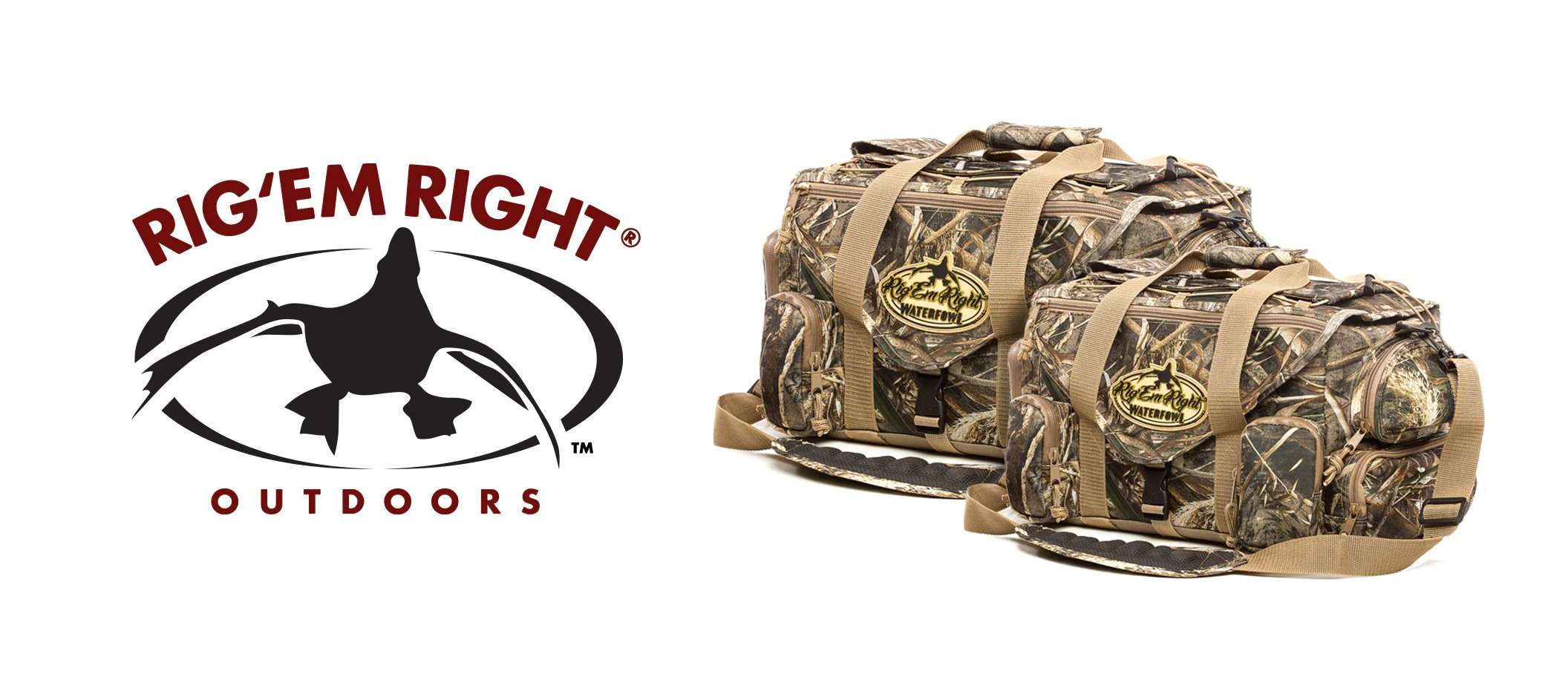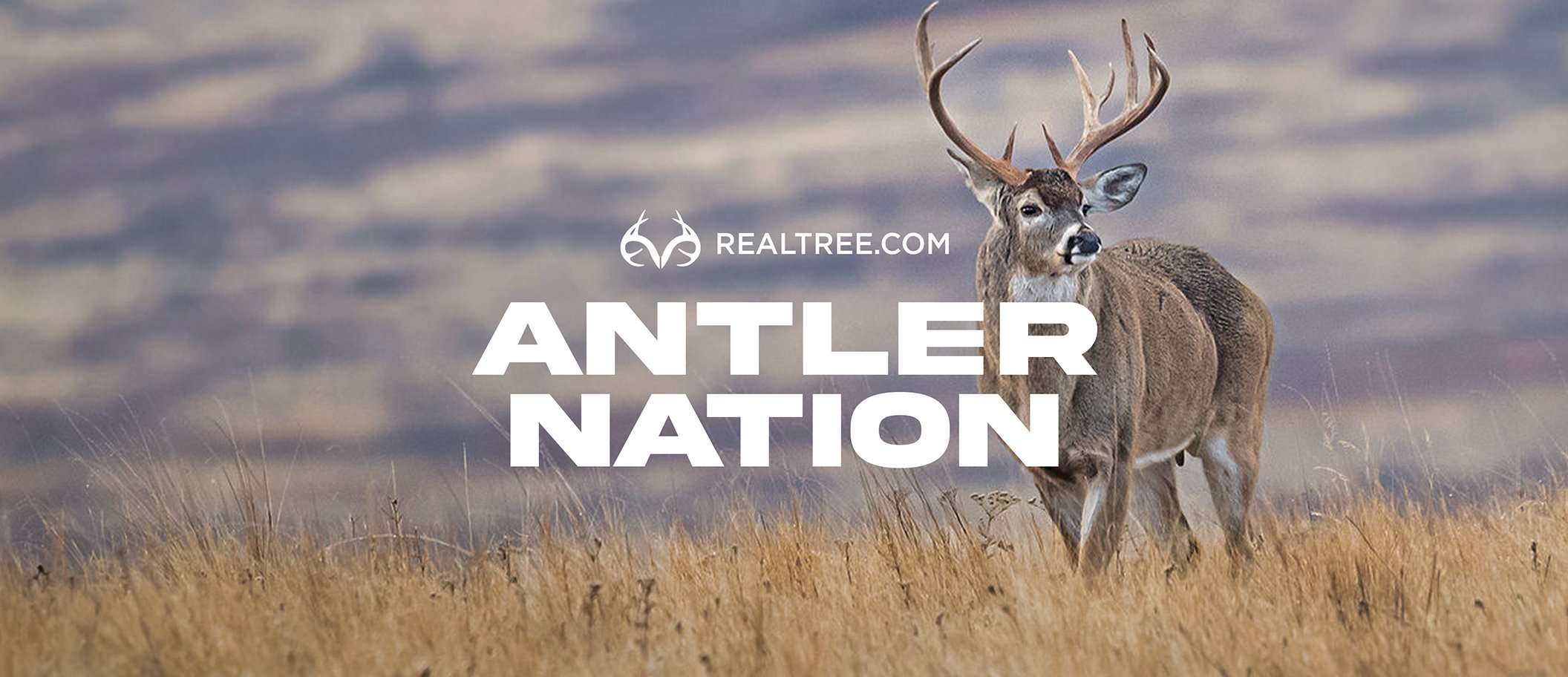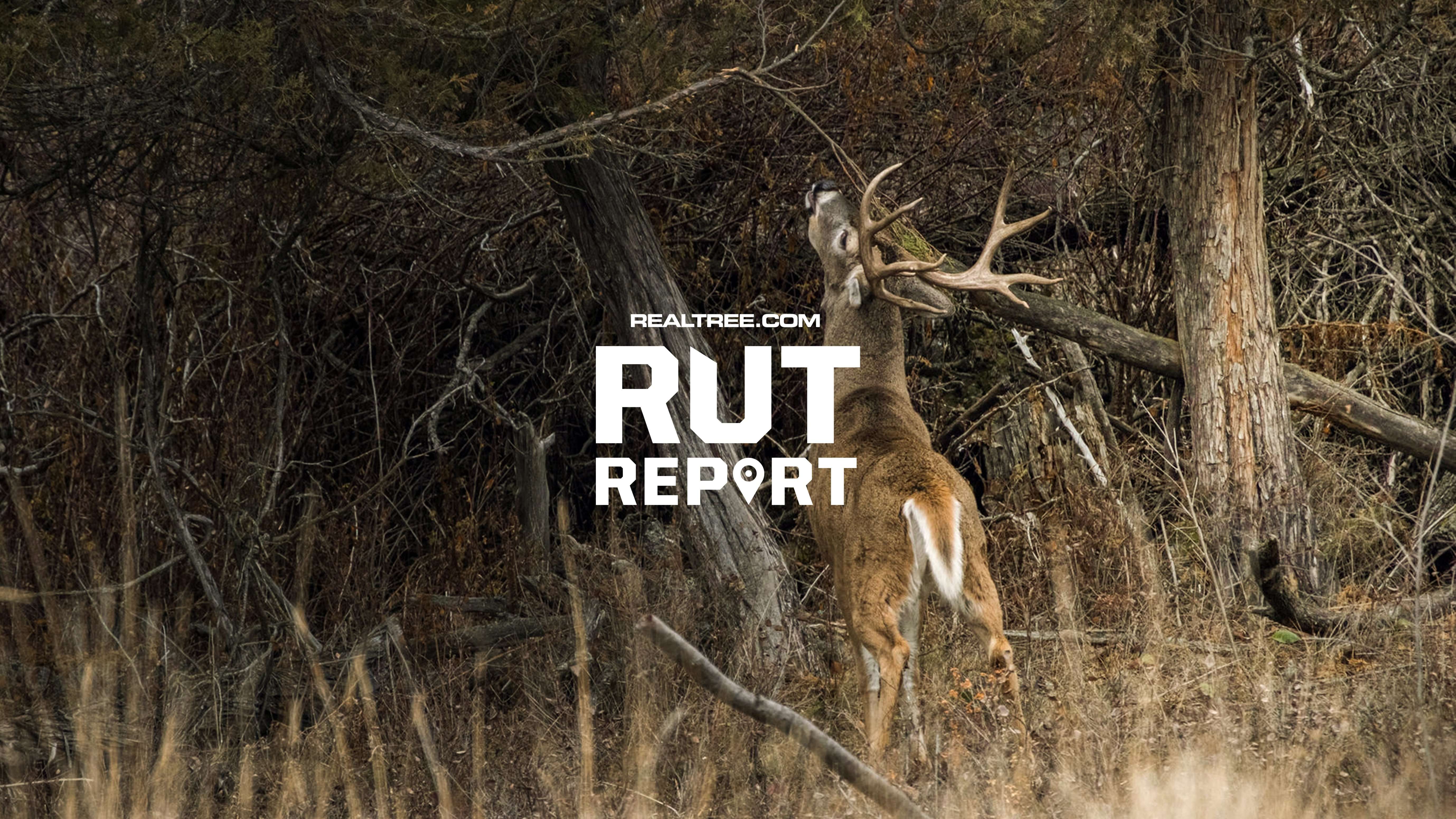Think you can shoot 15 doves with 25 shells? If not, here are 13 tips to get you there
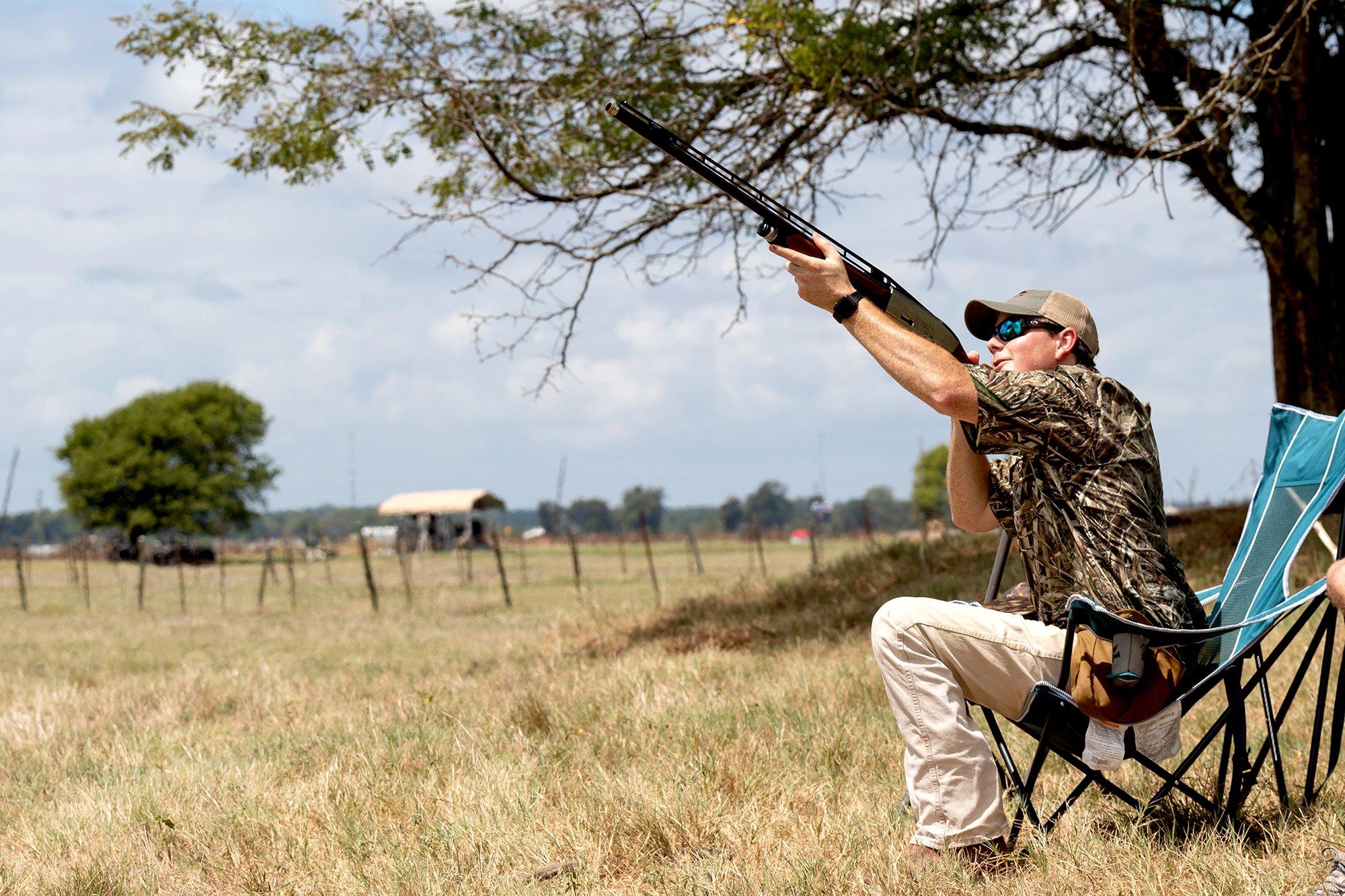
Scout your dove field to find an area where birds fly in a predictable pattern. That way, you’ll get the same shot again and again. Photo by Austin Ross.
A couple of seasons ago, the game warden checked my friend Clint as he walked out of the dove field on opening day. She looked at his limit of 15 doves. Then, because our DNR is strict about people policing their spent shells on public ground, she asked him to show her his empties.
Clint produced a bag of about 20 fresh hulls.
“Where are the rest of them?” she demanded.
“This is it. This is all I shot,” he said.
“But you have 15 doves,” the warden said.
“Yes, and I have 21 empties,” he said. “I missed a few times.”
She didn’t believe him. Clint stuck to his story, because it was the truth, and she finally rolled her eyes and let him go on his way. You can understand the warden’s confusion. Working the dove opener, she sees a lot of bad shooting. According to statistics, the average hunter hits one dove per five or even seven shots, meaning they burn up three to four boxes per limit. A limit of 15 doves inside a box of shells is rare. But, it can be done. I do it a couple of times per season. Some people do it regularly.
There are those who poo-poo the idea of even trying to shoot a limit inside a box. “Shooting is fun,” a friend said once. “Who wants to brag about how many shells they didn’t shoot?” Well, maybe, but that friend worked for an ammo company, and it was in his interest for people to shoot a lot. Besides, I want to brag about how many shells I didn’t shoot. You might, too. Here are 13 suggestions that will set you on the path to bragging about your 15 doves with a box of shells. Hint: Tip 4 is the most important one, although they’re all good.
Check Out Our Latest Camo Pattern: Realtree APX
1) CHOOSE YOUR WEAPON
It’s tempting to take a fun gun for dove hunting; a family heirloom, a .410, whatever. Don’t. Take a gun you shoot a lot, and that you can shoot. Your waterfowl gun makes a good choice, as does a sporting clays gun, or anything else with some heft to it. I re-learned this lesson the hard way this past season. The willowy 28-gauge I often shoot lost its magic on a windy day when the shots were long and difficult. Next time, I brought a much heavier 12-gauge, and all I had to do was look at a dove, and the gun went to it effortlessly.
People might mock you for bringing a cannon to the dove field. Ignore them. You’ll limit before they do. Then you can put your gun away, crack a beer, and razz them as they go through boxes two, three, and four.
2) DON’T CHOKE
Less is more when it comes to dove chokes. Doves are small birds with lots of air around them. You need to cast the biggest net of pellets you can. Improved cylinder gives a forgiving spread at distances from 20 to 30 yards, which is the ideal range to shoot your birds. Pro tip: Putting in a tighter choke makes your gun better for long range, but it doesn’t make you a better long-range shooter. Stick with open chokes and shorter shots.
3) STEEL YOURSELF (OR DON’T)
I’ve shot steel at doves for the past dozen seasons, 6 or 7 shot, and have no complaints. Lead, if you’re able to shoot it, is denser and even better. I like 7 1/2s and 8s equally. The most important takeaway is do not obsess on ammo type or shot size. Any small pellet will kill a dove. If you fixate on a certain size, velocity, or brand, and they’re sold out of it at Wal-Mart, it gets in your head and hampers your shooting. Back when I coached high school trap shooters, I saw too many kids fall apart if they couldn’t shoot their favorite shells.
4) PRACTICE
If there is any space between the time you read this and opening day, shoot your gun. A couple of rounds of skeet, a trip to the sporting clays course, a box of clays and your own trap — it doesn’t matter. Just shoot. Obviously, you should shoot all summer, and if you didn’t this year, promise yourself you will take up skeet and sporting clays next year. Seriously, I am always surprised at how easy it is to hit real birds after shooting summer clays. When you can hit 20 to 25 skeet targets inside a box of 25, shooting 15 doves inside a box becomes a lot easier.
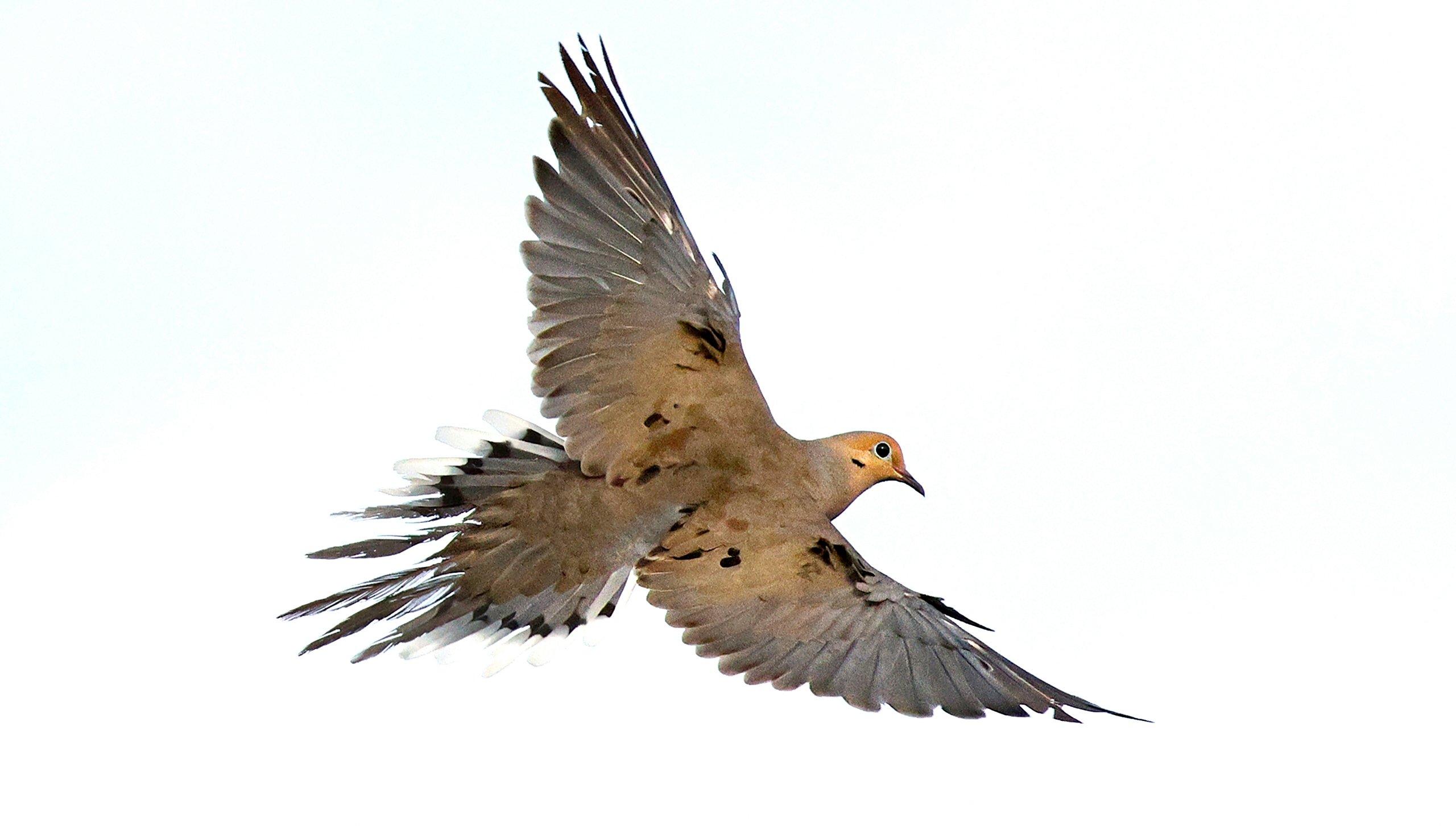
Shooting at every dove that flies by is a waste of ammunition and time. Pick your shots. Photo by Jean Blom.
5) GUN MOUNT
If you don’t have time to get to the range, you can practice at home. Make sure your gun is unloaded, and then do practice mounts. Push your front hand toward an imaginary dove, or better, at an object across the room. As you do that, bring the gun to your face and shoulder at the same time. Do it a few times, take a break, and do a few more. Be slow and smooth, and bring the gun up so you’re looking down the rib without looking down the rib. Do that, and you can keep your eye on that juking dove, mount the gun and hit it.
6) VISUALIZE
Some home practice doesn’t even involve a gun, and although visualization might feel silly and touchy-feely, it’s very effective. Olympic athletes train through visualization all the time. See yourself shooting doves. More important, see yourself doing all the things you need to do to hit a dove: mounting smoothly, moving the gun slowly, keeping your head down, focusing on the dove’s head or beak, matching the target’s speed. Believe or not, visualization helps, and it helps more if you fully buy into it and imagine the scene in great detail. The great thing about visualization is that it’s basically directed day-dreaming. You can do it anywhere. You can visualize at work, for example, and no one will even know you’re practicing your dove shooting.
7) HEAD ON THE STOCK, EYE ON THE TARGET
“Head on the stock, eye on the target,” represents about 95 percent of what you need to know about shotgun shooting. Keep your head firmly on the stock until after the shot. Lift if off, and you’ll shoot high. Keep your eye on the target, and not just the whole target, but a part of it. With doves, that means looking at the head, or the eye or beak if the bird is close enough. Dialing down your focus not only helps you hit the target, it helps you hit the front end, which reduces the chances you’ll hit a bird lightly and have to shoot it more times. That’s bad for the dove, and bad for the shells-to-bird average we’re trying to protect to shoot 15 with 25.
8) SLOW DOWN
Moving and swinging fast seems necessary. It isn’t. Yes, doves are fast and evasive. Are they flying 900 mph? No. Your pellets are, though. They will win this race. Let the pellets fly fast. You do slow and steady. Think about matching the target’s speed. If you’re swinging through from behind, think of swinging 1 mph faster than the dove is moving. Moving with the target puts you in sync with it, and actually makes that fast dove seem to be moving slower. Trust me on this.
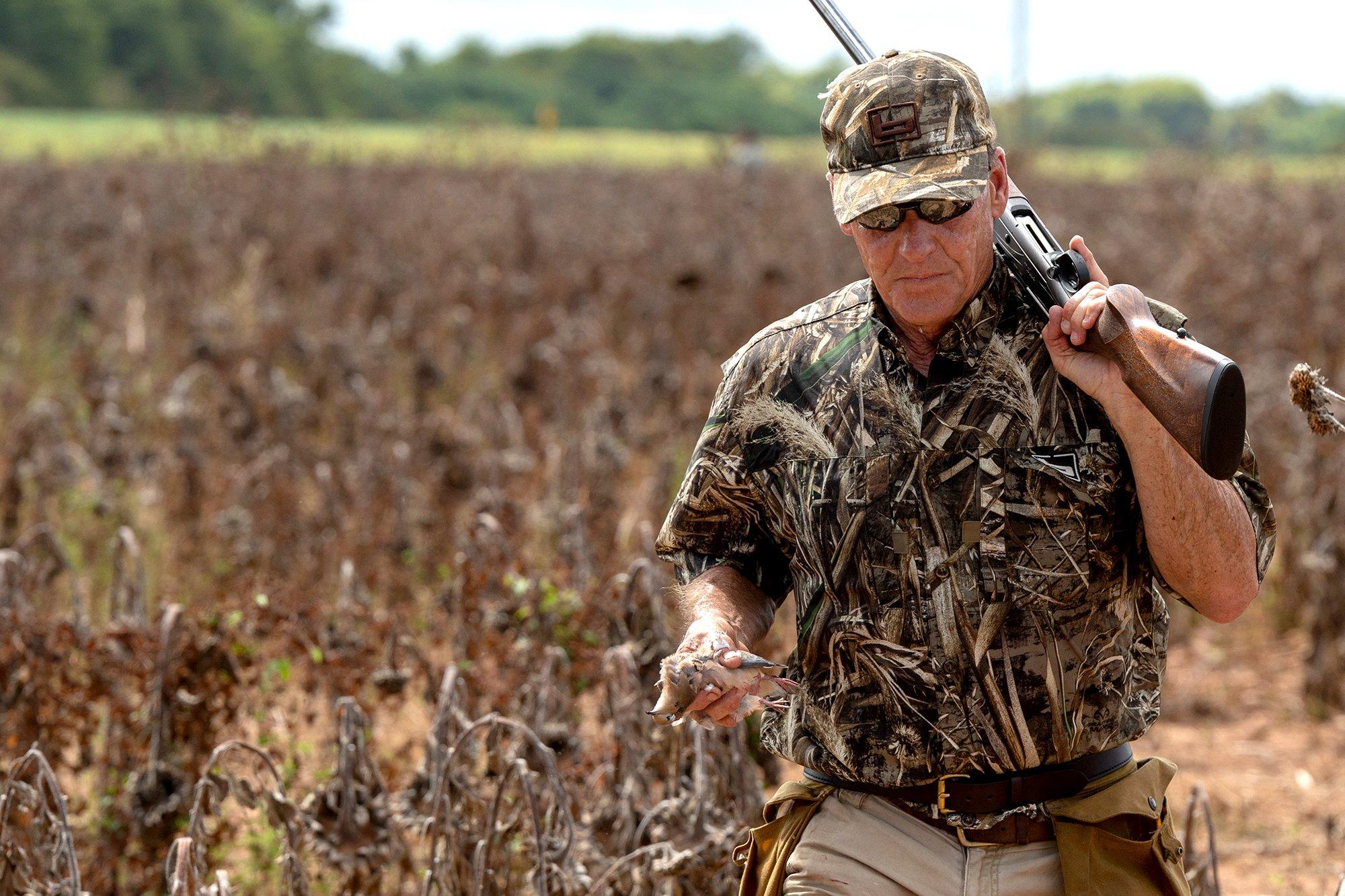
Mark downed doves and retrieve them immediately. They can disappear into the sparsest cover. Photo by Austin Ross.
9) GET THE GOOD SPOT
Ideally, you scouted the field before the hunt. Look not just for overall numbers, but also for a spot where birds fly a predictable pattern, because ideally, you want the same shot again and again so you can get in a groove. If you haven’t scouted, sometimes a snap decision puts you where you need to be. Several years ago, I was on a media hunt in South Dakota where our hosts dumped a bunch of us by the side of the road and said, “Have at ‘em.”
A friend sized up the situation briefly, grabbed me and said, “Let’s go. Run!” He had spotted a pile of big hay bales close to a field edge where he realized we could hide and get good, close shots at doves leaving the field for the windbreak behind the bales. He wanted to get there before anyone else saw what he saw in that spot. Running to the bales was the hardest part of the hunt. The shooting was easy.
10) GO LATE
If your goal opening day is to shoot a limit inside the box, skip the early morning mayhem on public land, when panicked doves streak in all directions and you have to root for a bird to get past everyone else. That’s hard shooting. Do what I do: Roll up at the crack of 11 a.m., when everyone has gone home. The shots aren’t frequent, but the birds have settled down. I can stick a decoy out without worrying about taking low shots, because no one else is there. I’ll peck away and usually get a shot every 10 or 15 minutes. The shooting is easy so long as I’m not looking at my phone instead of paying attention. Usually by about 3 p.m., I have a limit, and I haven’t used many shells.
Don’t Miss: 25 Tips for Dove Hunters
11) PICK YOUR SHOTS
Most hunters are pretty good shots out to 30 yards. With dove hunting, you’ll get lots of chances. Wait for good opportunities. Shooting at everything that flies by is a waste of ammunition and time, as you’ll be out looking for dead doves and cripples in the middle of the field instead of shooting. Also, it is almost a rule of dove hunting that when you are out looking for a dead dove, other doves fly slowly past your stool. It pays to be selective.
12) STOP AT TWO
Because my home state of Iowa didn’t get a dove season until I was in my early 50s, I felt a need to catch up, and I shot a 12-gauge semiauto for several years. When I look back, I can remember exactly one time I killed a dove with a third shot. I shoot over-and-unders now to remove the temptation of shooting more than twice. Shoot what you want, but stop after two shots if you’re trying to shoot a limit inside a box. Also, for you pump and auto shooters, that third shell has an important function: It is there to shoot at the dove that comes floating in over your head after you miss twice at a long crosser you shouldn’t have tried.
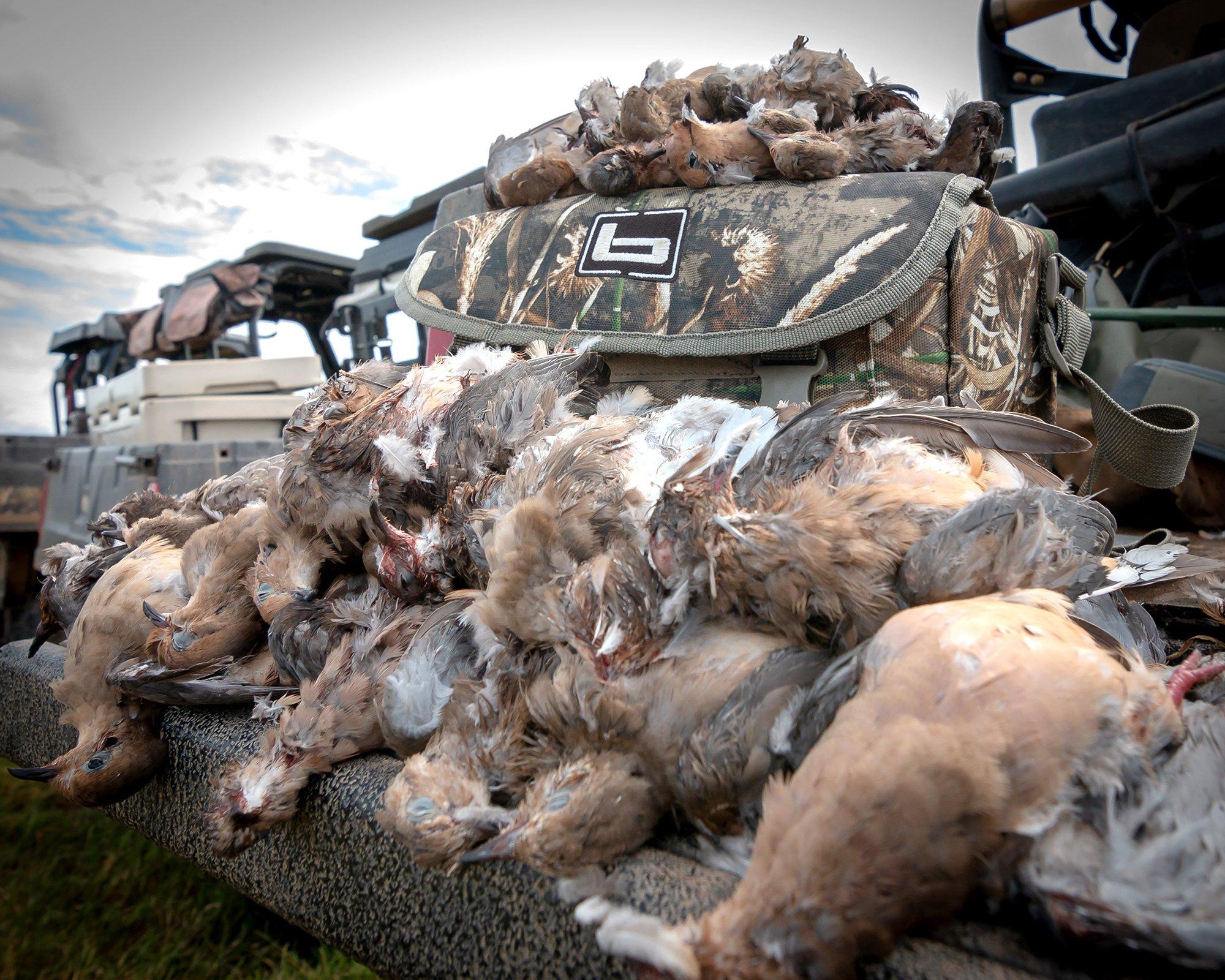
Off-season wing-shooting practice pays huge dividends on the dove opener. Pick a game — trap, skeet, sporting clays or five-stand — and shoot consistently. Photo by Austin Ross.
13) MARK YOUR CRIPPLES
Some shooters count lost cripples as part of their limit, but I don’t think you can count a lost cripple as a bird you bagged if we’re being strict about this limit in a box thing. Therefore, mark your birds down and go get them immediately. Don’t even take your eye off the spot, as doves can disappear in the sparsest cover. Also, if you find someone else’s lost birds, and I have, you can count it, because I am making the rules here. Finally, pick up your empties, because you’ll want to show them to your friends when you brag about having too much fun not shooting very much.


